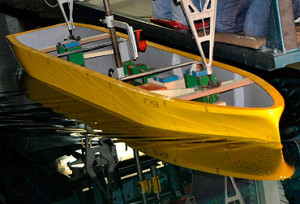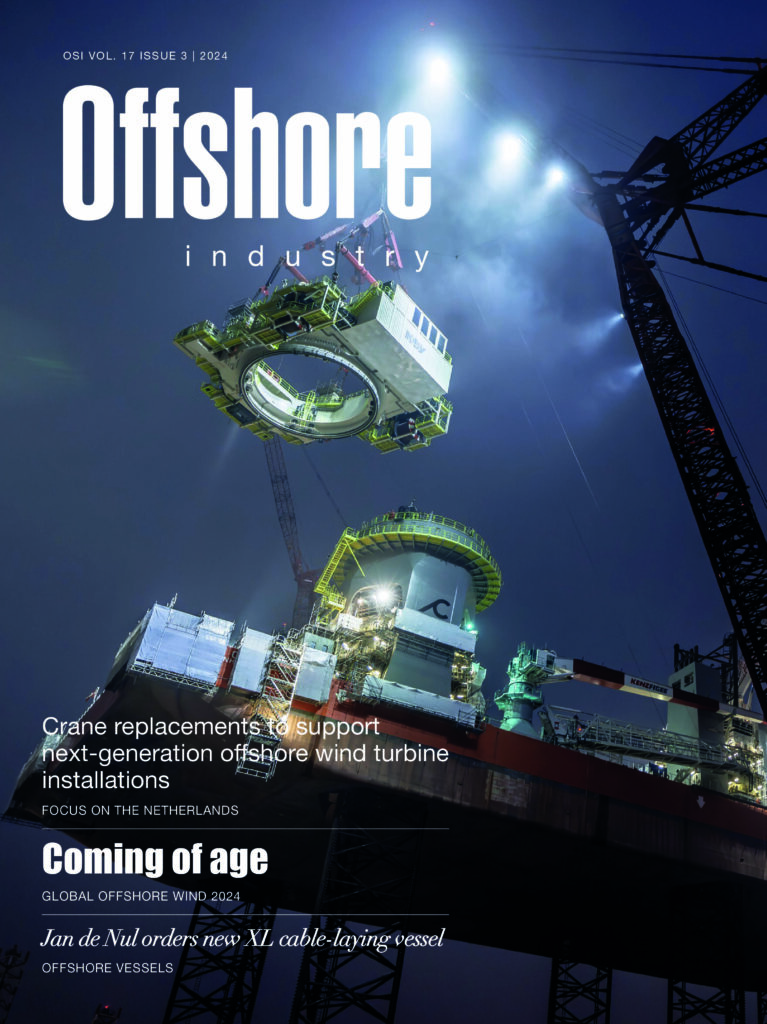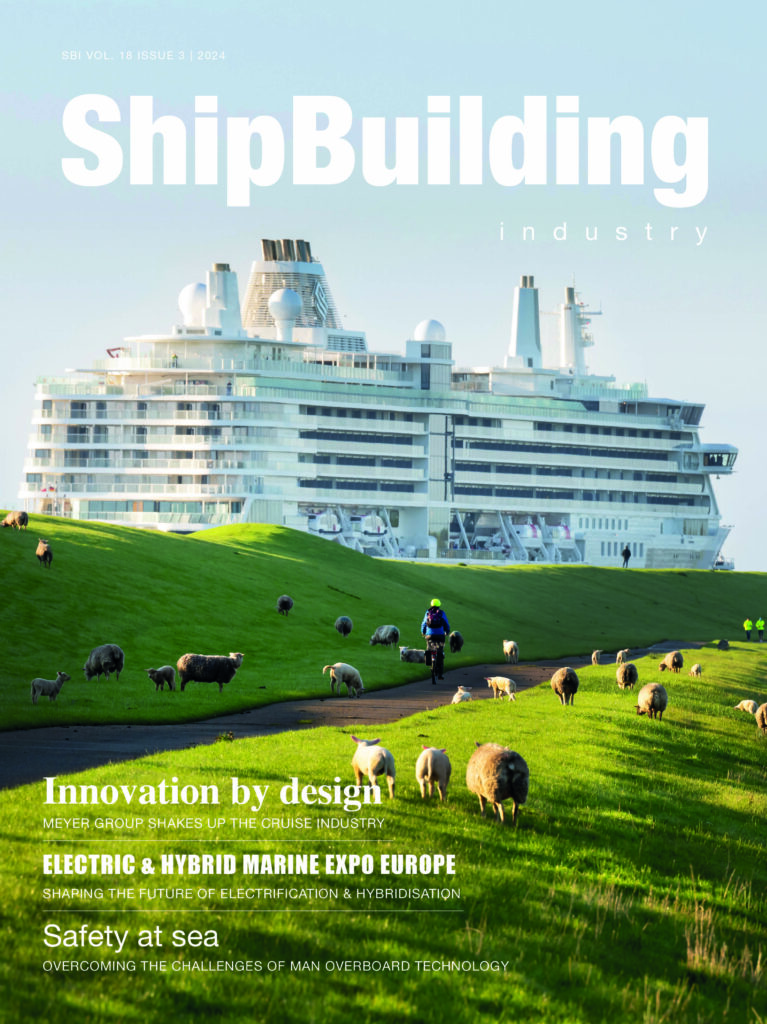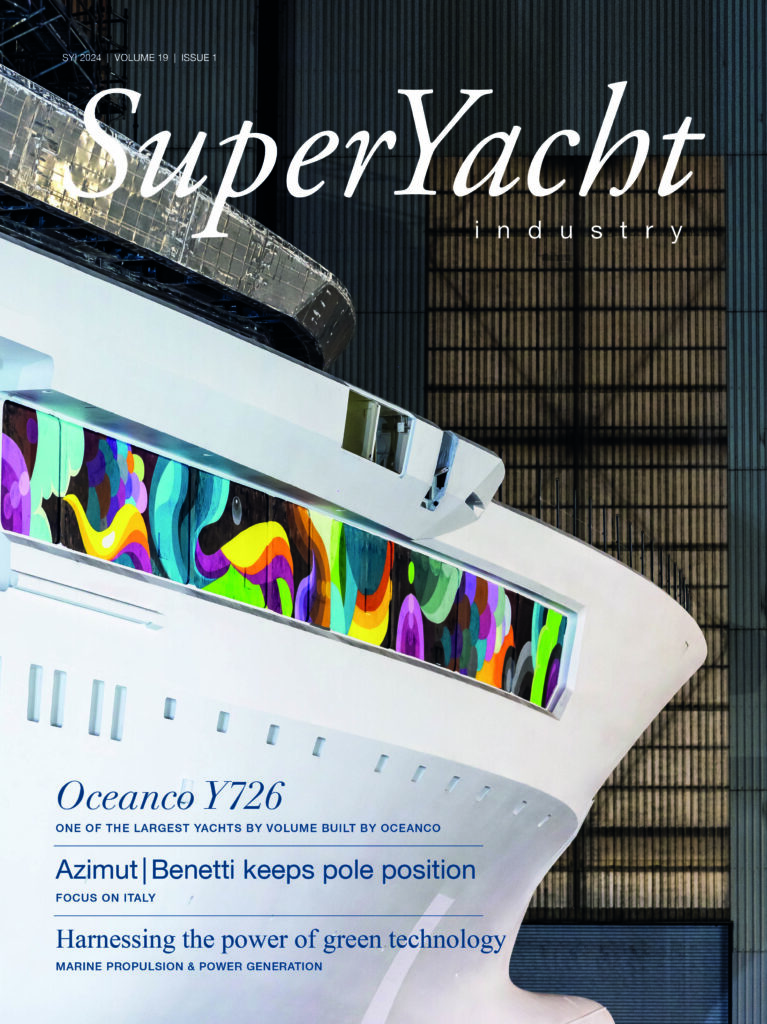Blue Amazon: the LNG Ship of the Future
 BG Group has been leading a new project that has pushed the limits of already highly efficient LNG ship designs. On the shores of the Amazônia Azul, or Blue Amazon, the part of the Atlantic off the coast of Brazil, the LNG ship of the future is being designed.
BG Group has been leading a new project that has pushed the limits of already highly efficient LNG ship designs. On the shores of the Amazônia Azul, or Blue Amazon, the part of the Atlantic off the coast of Brazil, the LNG ship of the future is being designed.
“The idea is to achieve the highest level of efficiency by trying to improve upon the best designs currently being built at the shipyards that BG partners with,” says Michael Davison, BG Group’s project development manager for ship design and construction, who has been overseeing the endeavour. “Our task was to try and independently create a new, highly efficient hull form and general arrangement for an LNG ship.”
The project is rethinking the design from scratch to develop a low-resistance hull form. The team took a completely new approach, one not restricted to following the industry-standard shape and arrangement of the ship’s LNG cargo tanks. “That meant we could be a bit creative with the shape of the hull and make it more effective in both calm water and in waves,” Davison says. The process also considered how the design would affect vessel construction. A central concept of the project is to ensure that the new design is practical and cost-effective to build.
Over 18 months, the Blue Amazon team ran many iterations of computer modelling, testing, and improvements to develop the best design. “We’ve carried out over two thousand numerical computations on very powerful networked computers to create models that understand how the new hull would perform,” says Michael Davison.
The computer-generated ship design is a visibly different ship shape, notably at the bow. The project team built a scale model and tested it at facilities at Instituto de Pesquisas Tecnológicas in São Paulo in Brazil. It was tested in three sailing speeds, two LNG loading conditions, and various wave conditions.
The final vessel design is expected to require less propulsion energy than the current designs, saving fuel and corresponding emissions by 3–5%. The team is now refining the design as it moves into the final stage of optimisation. The final design is expected to emerge in March 2016, and the team looks forward to industrialising it thereafter for the next wave of ship-building orders.






